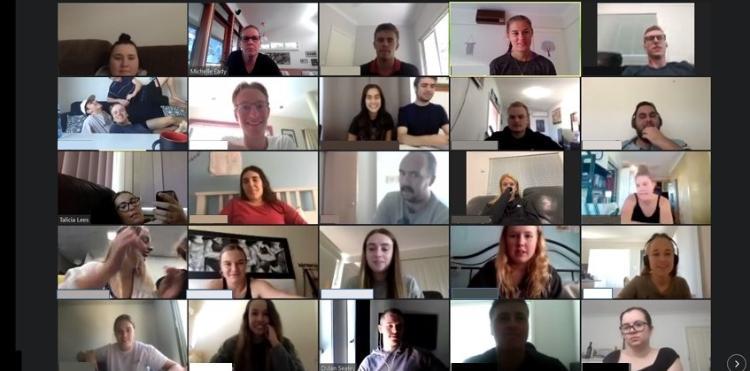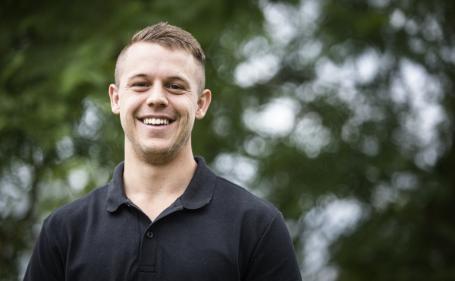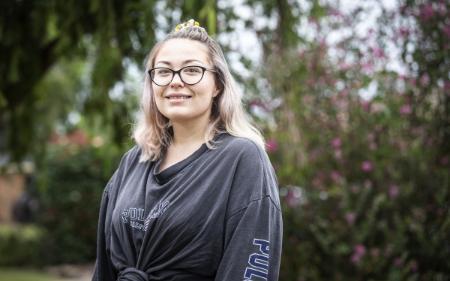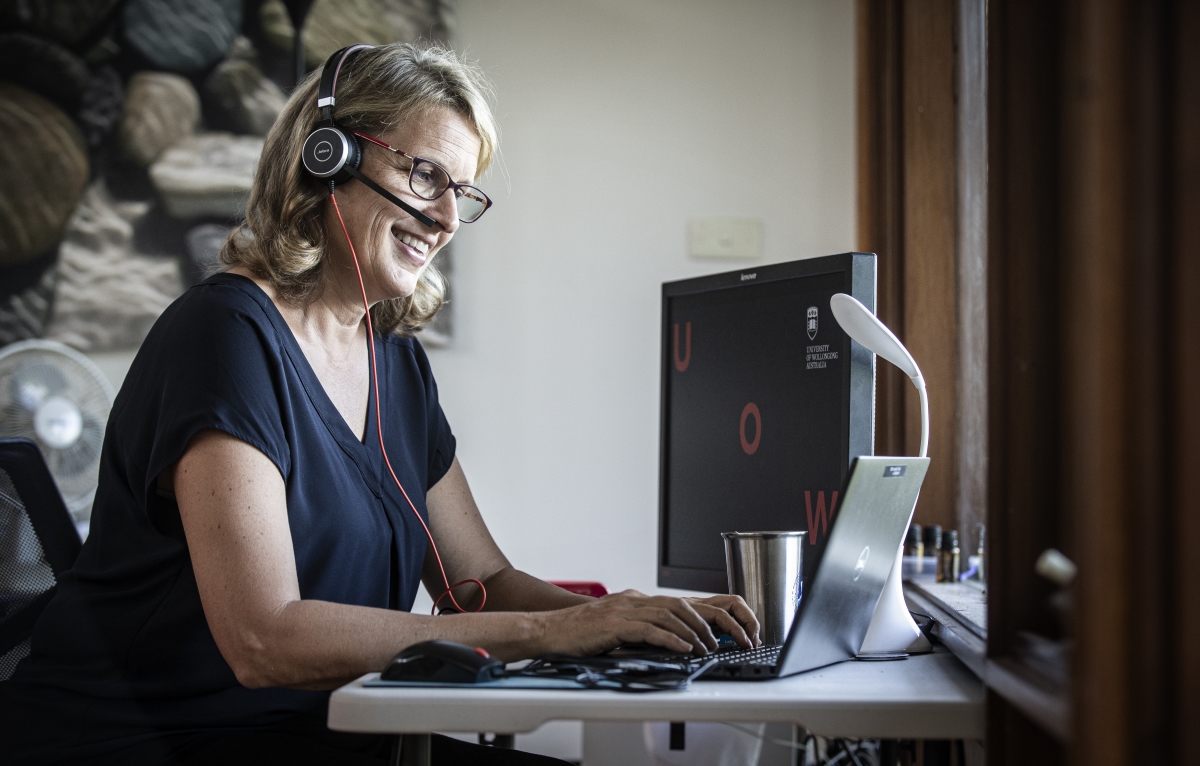April 20, 2020
UOW students embrace new norm of learning and engaging remotely
It was the 1960s when the TV cartoon The Jetsons showed a world ahead of our time. The futuristic jets, aero cars, computers, and a robotic maid named Rosie offered a glimpse of what we thought the future would bring. It was the portrayal of technological utopianism which kept the fans engaged and inspired us and while the technology was great, it was the human involvement that made it work.
Today, we have come to realise that humans have been able to achieve what could only be described as “far-fetched” just a few years ago. With constantly advancing technology, the world has never been more globalised and inclusive at the same time.
Since the outbreak of COVID-19, the recent months have been a test for the world to leverage existing technologies to their full potential and make remote learning ‘the new norm’ in the work and learning culture. A thought which may have sounded impractical to many, is now our way of life.
In March, the University of Wollongong took on the challenge to make the transition from face-to-face to remote content delivery. This move, completed in just two weeks, was taken with the health, safety and wellbeing of students, staff and community front of mind in response to COVID-19.
UOW restarted its autumn semester online on Monday 6 April. But lecturers from the School of Education were ahead of the curve, ensuring students get the best experience and engagement while taking classes remotely.
Associate Professor Michelle Eady jumped in before the University restarted the semester and created a Facebook group to engage students and undertake trials of the new approach to teaching before the session resumed.
Professor Eady, who coordinates large subjects in the Bachelor of Education (Primary) has extensive experience in remote education.
Originally from Canada, Professor Eady studied her Masters while she was teaching near the Arctic Circle. As a student, her own university courses were conducted via CB radio in a tiny demountable on the tundra.
Ever since, she has been a champion of online and remote learning.. She was instrumental in the creation of an award winning online program delivering literacy lessons to Indigenous people in northern Ontario. These communities tend to have limited amenities, but high-speed broadband was plentiful. She also has worked with teachers from School of the Air, which runs distance education for primary and high school students who live in the Australian outback.
“We have the ability to transfer courses to online platforms, but it’s important to have the right kind of resources and diligence in place when we are transitioning to a new mode of course delivery,” Professor Eady said.
“Since we are all adapting to this new norm, the exchanges on Facebook group gave us a head start and helped us understand the expectations of our students. It assisted me in preparing to deal with technological challenges that may arise during the actual remote delivery of the course.”
Professor Eady acknowledged the work and support of Head Tutor Corinne Green, who she said has been instrumental in getting the online course delivery off the ground.
“Corinne has been amazing in helping to get everything set up. Teamwork and collaboration are so important in these times and it has truly been a team effort,” Professor Eady said.

Pic: Associate Professor Michelle Eady delivering a lecture to students remotely
The response from the students to the new online-only environment has been overwhelmingly positive.
Dylan Sealey, who is studying the Bachelor of Primary Education, said being involved in an engaging and constructive social learning environment is a large part of the university identity.
“Remote learning places a much larger responsibility on the student to approach learning with enthusiasm and hard work with the enticement of distraction and procrastination being a much larger influence at home,” Dylan said.
“I believe this enticement has strengthened my motivation and will hopefully influence my behaviour if and when in-person study returns.
“It can be the quality structure to continue our education with this current pandemic and many of my tutors and coordinators have worked extremely hard in providing software and material to keep our engagement and professional drive in check.”

Dylan Sealey, Bachelor of Primary Education
Dylan also emphasised the importance of peer-to-peer learning and how it’s helping students achieve great outcomes for learning.
“This accessibility of freedom to share and interact has encouraged many of those who would before remain silent to share and take part in interacting. I believe this demonstrates an understanding of how students regardless of age or institution will engage in various forms of learning in different ways,” he said.
Student Bianca Mendicino said while still catching up with the new environment, she feels listening in to the tutorials allows her to be engaged and involved with her work.

Talicia Lees, Bachelor of Primary Education
Talicia Lees, who is also studying the Bachelor of Primary Education, is adapting to the new mode of learning and said she is finding the experience and engagement of her lecturers invaluable.
“Professor Eady and Corinne Green have by far been the best out of my tutors. We’ve had a Facebook group, tested Zoom and the Moodle was updated within 72 hours. Professor Eady even went live on Facebook twice on the day and night after we found out we were switching to remote learning. It made that transition so much more supported,” she said.
